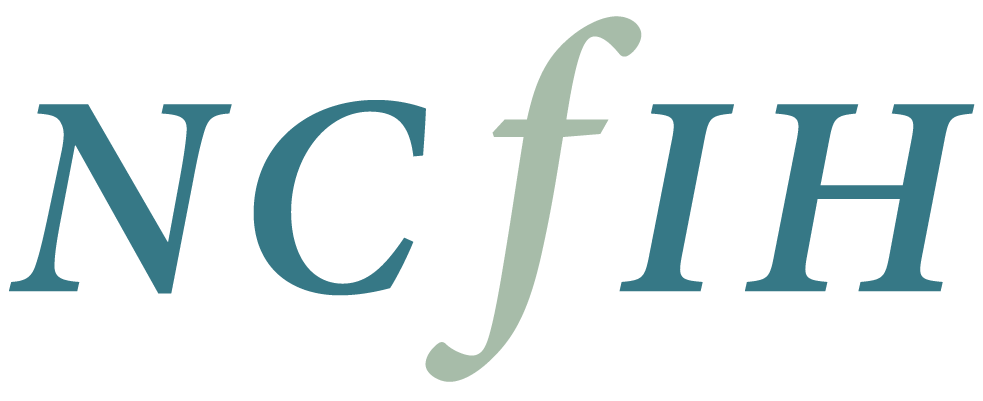The Centers for Disease Control and Prevention surveillance data reveals that respiratory syncytial virus (RSV) is the leading viral cause of death in infants under 1 year old, with nearly nine times the mortality rate of influenza. RSV also is the most common cause of lower respiratory tract infections and bronchiolitis in infants and children. Nearly all children become infected with RSV at least once by the time they are 2 years old, with the peak incidence occurring between 2–3 months of age. In the United States, RSV accounts for approximately 125,000 hospitalizations and 250 infant deaths every year. To give greater perspective in 2014 the percentage of preterm infants born between 28 to 31 weeks gestation in the U.S. was 0.91 or roughly 36,000 babies.
As it stands today there is no antiviral drug or vaccine available for the prevention of RSV. Palivizumab (Synagis), manufactured by MedImmune, is a monoclonal antibody used as prophylaxis to prevent serious lower respiratory tract disease caused by RSV in children. In 2015 the World Health Organization (WHO) deemed RSV vaccine development a top priority, and estimates vaccine availability within the next 5–10 years. In July 2014, the American Academy of Pediatrics (AAP) Committee on Infectious Diseases (COID) concluded that the “limited clinical benefit” for infants after 29 weeks gestation together with the associated high cost of the immunoprophylaxis no longer supported the routine use of palivizumab. Prior to the 2014 AAP guideline change the 2009 AAP palivizumab guidelines provided prophylaxis for infants before 32 weeks gestation with chronic conditions as well as for those infants before 35 weeks gestation that met certain environmental criteria putting them at increased RSV risk.
More at NANN E-News
